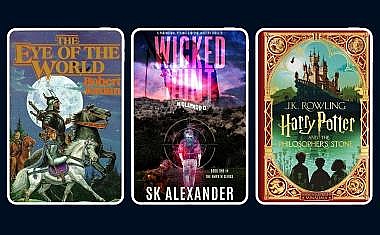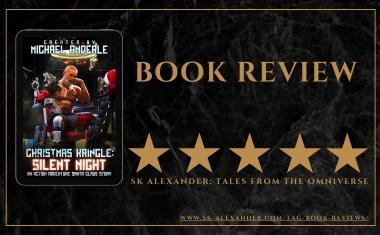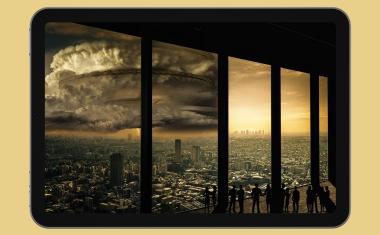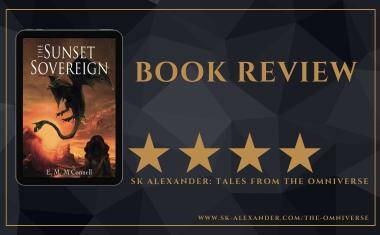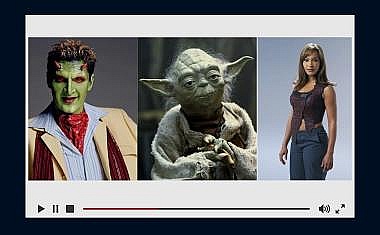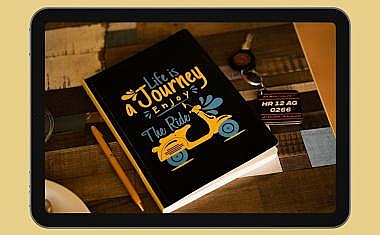
Curio Fiction: A Fantasy Subgenre
Ever heard of curio fiction? Coined by author Diane Callahan, this term defines a unique fantasy subgenre. Here are the defining features and tropes that shape curio fiction.
Among the many engaging sessions at ProWritingAid’s ‘Fantasy Writers’ Week’ 2023, Diane Callahan’s presentation, “How to Write Curio Fiction: Showcasing the Fantastic in Our World”, truly stood out.
Fantasy literature includes many subgenres, such as Arthurian, Epic, High Fantasy, and Sword and Sorcery, each with its own unique fantastical elements and narrative style. Callahan, however, introduced me to a new subgenre: curio fiction. “I wanted to capture stories where you find yourself in a world very much like our own, except one thing is slightly off,” she said. “Perhaps there’s a movie theater that plays only memories, or the story centers on a child who learns the language of cats. Or in this familiar-yet-unfamiliar world, everyone wears electronic bracelets that monitor their moods.”
For Callahan, curio fiction showcases familiar-yet-unfamiliar: “These stories place the fantastic alongside the mundane, yet their speculative elements feel subtle compared to other works classified as fantasy or science fiction,” she said. Think of novels like The Midnight Library by Matt Haig, or The Invisible Life of Addie LaRue by V.E. Schwab, or television shows like Pushing Daisies.
Recommended article

Reflections on ProWritingAid's 2024 Fantasy Writers’ Week
ProWritingAid's “Fantasy Writers' Week” welcomed both familiar faces and fresh presenters. I had a good time and learned a lot, but wish they had more author interviews.
The defining features of curio fiction
Curio fiction fits under the broad umbrella of speculative fiction, Callahan said. What they have in common is that they explore “human relationships and daily life through the lens of an often singular or anomalous speculative element”.
These are the five defining features of the curio fiction subgenre:
- Real-world setting: Curio fiction takes place in the real world. The location doesn’t have to be a real place or from a specific time, and it can exist in different periods.
- Unique speculative element: The genre's defining element is a unique speculative detail—a curious anomaly that adds a touch of fantasy to the otherwise realistic story.
- Flexible approach to magic: Magic, if it exists, is not bound by a rigid system. One could explain away the speculative elements with pseudoscience or leave them as a mystery. The curio serves to explore themes and create conflicts without a deep analysis of their origins.
- Human-centric focus: The story focuses on human capabilities, not the details of magic or aliens.
- Impact on relationships and society: Rather than focusing on detailed mechanics or worldbuilding, this genre emphasizes how the curio affects relationships and society. Nevertheless, it maintains a high level of complexity across character development, themes, style, and plot. The “what if” questions raised by the curio often serve as thought experiments exploring time, memory, mortality, free will, or life-altering decisions.
Recommended article
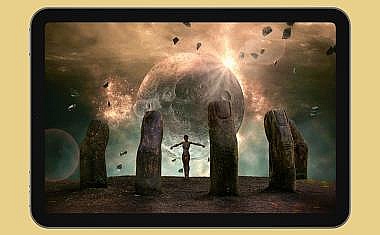
Puzzling Phenomena: A Guide To Paranormal Fiction
Psychic powers, odd occurrences, and cryptic creatures—paranormal fiction pushes beyond the boundaries of the known to delve into the unexplained.
Curio fiction tropes
Callahan identified ten prevalent tropes within curio fiction:
- Time loops: Characters are stuck in a repeating day, their decisions shaping the cycle’s outcome, much like in the film Groundhog Day. For Callahan, “time loops are also a commentary on the impact of our choices.”
- Body swap: Characters switch bodies or minds through magical means, also known as the “Freaky Friday Flip”.
- Reincarnation: Used to explore identity by envisioning a person in different bodies or life circumstances.
- Alternate lives: Characters navigate diverse paths within the same life, akin to alternate timelines within the multiverse.
- Unusual aging or immortality: Abnormal aging, like Benjamin Button’s reverse aging, defies typical life expectancies and societal norms.
- Afterlife exploration: Turning abstract concepts like the afterlife into tangible, metaphysical settings.
- Small-scale time travel: The emphasis in these stories is on how small-scale time travel affects relationships, not the science behind it.
- Near-future technology with a magical feel: Advanced technology has a magical essence, blurring the boundaries between science and magic.
- Portal fantasy: Unlike traditional fantasy, portal fantasy features dreamlike worlds accessed through magical gateways.
- Characters with special abilities: Individuals possess special powers, such as telekinesis or clairvoyance, for example, Matilda in Roald Dahl’s book. They give characters a hidden strength but also isolate them from normal society. The gifted usually conceal their powers from all but a trusted few. These skills can create or solve problems.
Nathaniel Colt, my protagonist from The Empath Series, fits this description.
Curio fiction takeaways
Fantasy has many subgenres, each with its distinct characteristics. So, do we really need another subgenre? I don’t know whether it will stick, but Diane Callahan makes a strong case for curio fiction. Ultimately, deciding on a work’s subgenre is subjective and open to individual opinion.
Profile:
Diane Callahan writes fiction, nonfiction, and poetry. As a developmental editor, she spends her days shaping stories. Her YouTube channel, Quotidian Writer, provides practical tips for aspiring authors.

